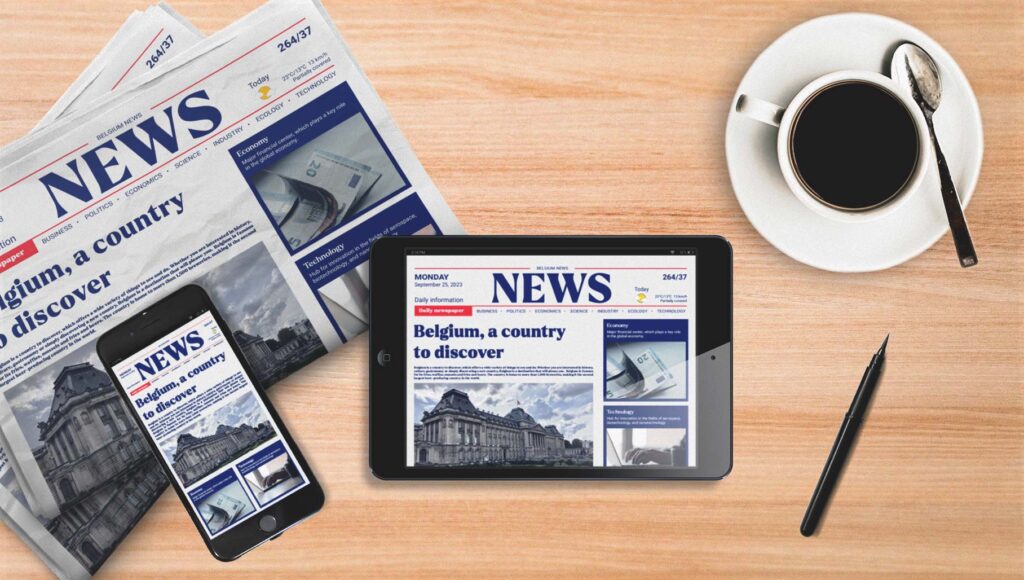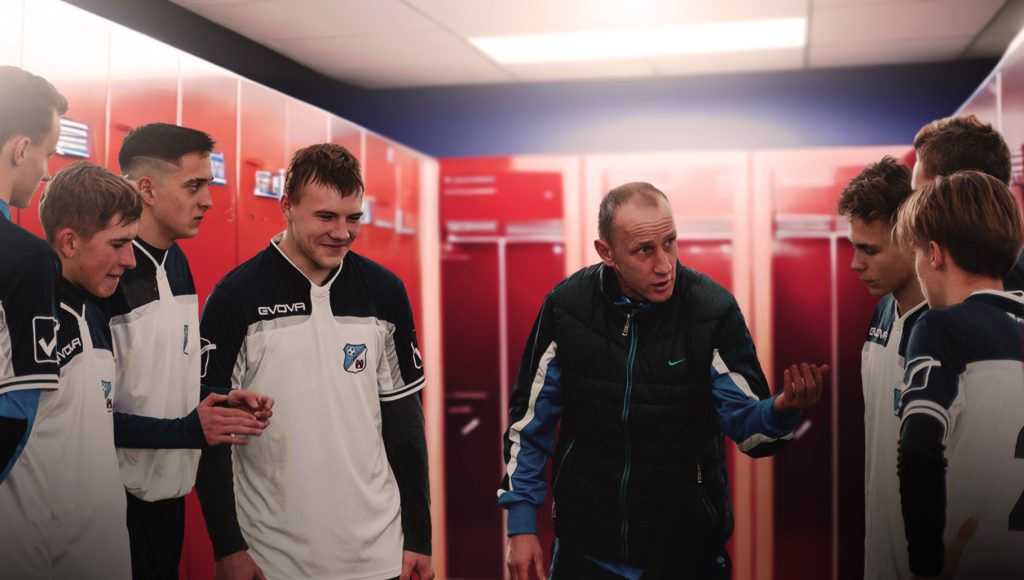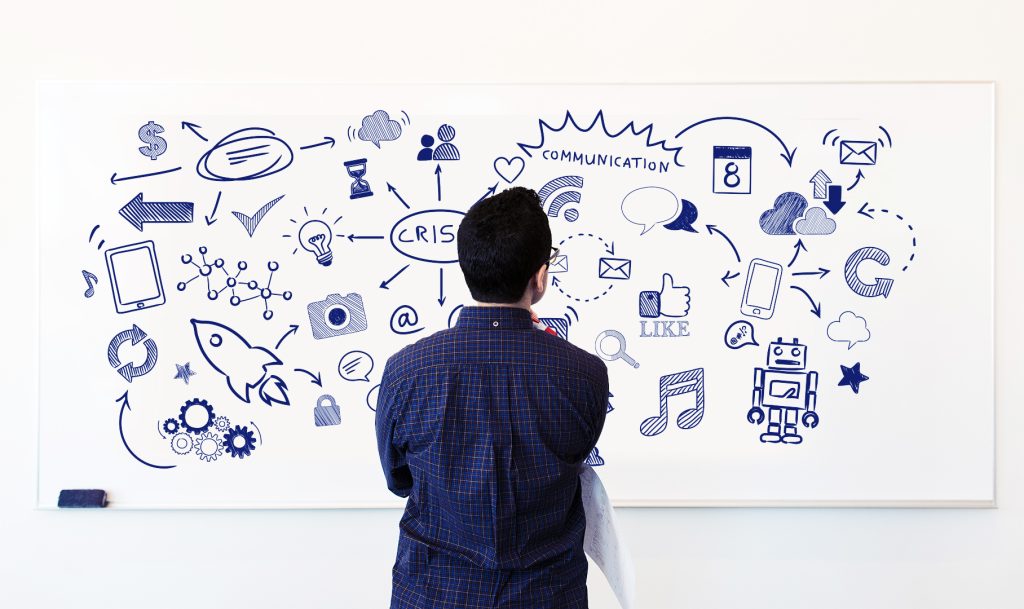Julien Robert, our marketing and communication intern interviewed Klaas Van Hove, Head of RTV & Online Media for the International Radio Day 2019.
As part of the Generation Y, I have been through radio like most young adults today. Whether during morning cartoons or in the car on the way to school. On this World Radio Day I investigated why this medium, which I thought was outdone, has not yet died out. That is why I interviewed our expert Klaas Van Hove (head of Radio TV & Online Media), who works at Auxipress, the leading Belgian media monitoring company. I have to admit that my prejudices have largely disappeared.
Julien Robert : Is it true to say that radio has been operating in the same way since its creation?
Klaas Van Hove: No, something has clearly changed. We see a shift to digital. Many more people use web radios (radio broadcasts via the Internet) or listen to the radio via mobile applications. There are more and more ways to listen to radio, such as MP3 players, smartphones, smart TVs, etc. There are indeed new trends in the radio landscape.
J.R: Radio is reputed to be a reliable medium and inspires confidence, is this its secret to continue? Or is it due to its responsiveness?
Klaas VH: Both, radio has always had a very good reputation. It is the most credible medium in Belgium, thanks to the journalists who work there and especially thanks to news channels such as La Première or Radio 1. We see that morning broadcasts influence the news for the rest of the day.
J.R: Can radio be considered as an early media outlet for the dissemination of information?
Klaas VH: Yes, we see that the number of listeners peaks in the morning. This is because they often listen between 6.00 and 9.00, in their car or at breakfast. We notice a decrease between 9 am and 12 noon when most are in the office. Between 16.00 and 18.00 there is another peak, when they return from work.
J.R: Does the fact that automakers create integrated screens with easy access to music streaming platforms such as Spotify and Itunes, will hurt the radio?
Klaas VH: I think it is a different audience, we notice that 80% of the over-55s listen to the radio every day. The people who were reached by these new platforms integrated into the cars were not that fond of radio yet, so this will not have a big impact on the current audience. In addition, all manufacturers must equip their vehicles in Europe with DAB + receivers (digital successor to FM radio).
J.R: Is the podcast a replacement on the radio as we know it or just an instrument to reach a certain target audience? Or are we moving towards a media crossover?
Klaas VH: Podcasts are an addition to the conventional radio. It struck me that in Flanders the podcasts are hard to get off the ground, while the trend on the French-speaking side is increasing. Sometimes programs are already being broadcast, short versions or podcasts being recorded. In addition, some programs are included directly in podcasts to reach a more targeted audience.
J.R: Radio reaches a relatively old audience, are actions being put in place to attract a younger audience?
Klaas VH: What I notice is that the radio channels are more and more active on social networks, such as YouTube. They use this platform which could be considered as competing in certain aspects, to bind their their audience.That is the case at Studio Brussel, who has used his star presenter to make vlogs (spontaneous mini-reports in video) on Youtube. Radio stations are aware of this phenomenon and try to take advantage of cross-media.











